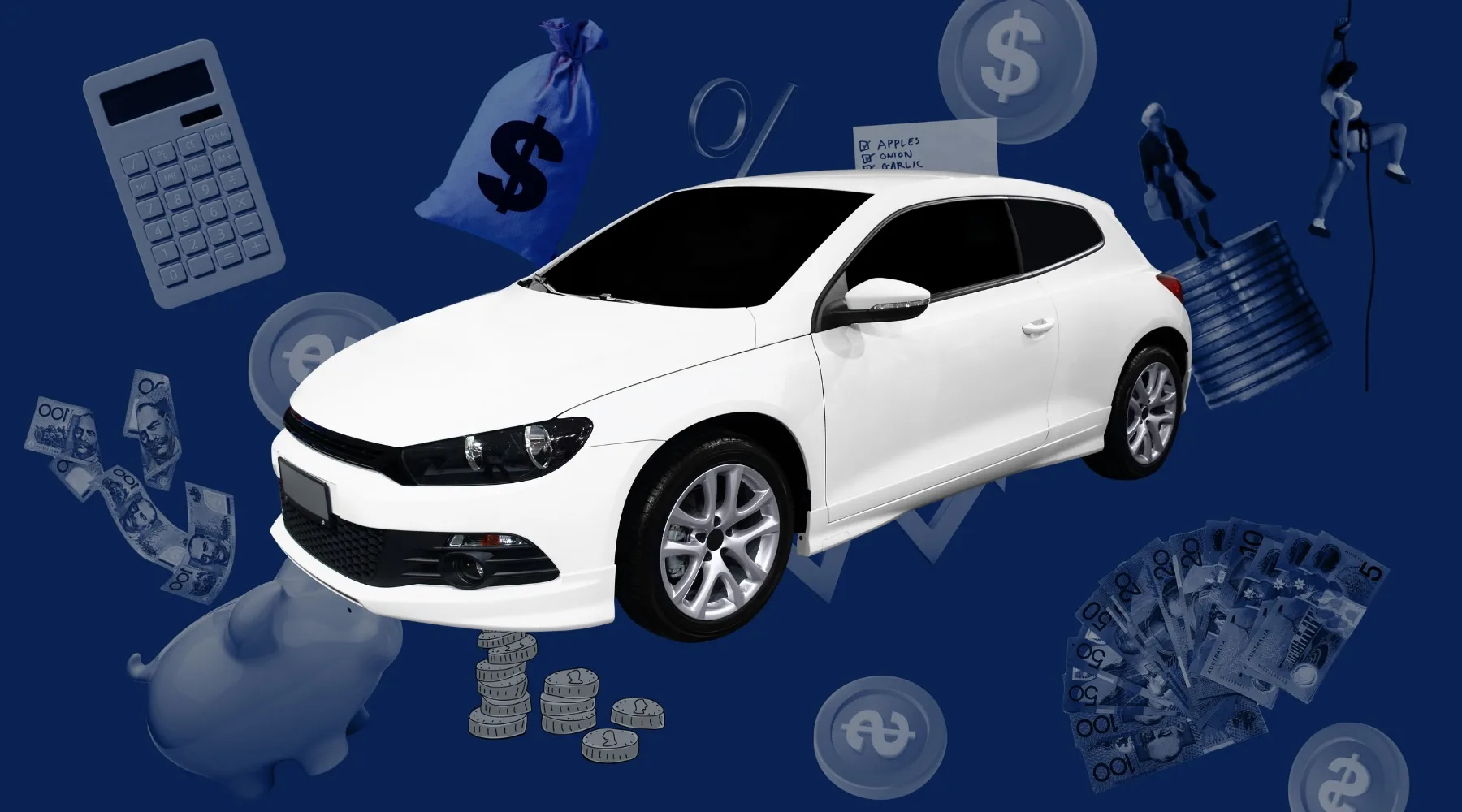Stop paying “loyalty tax” – and bank the savings | Savings with Sarah #13

Loyalty tax is when you pay a hefty premium for staying loyal to a brand or service for a number of years.
Maybe you're loyal because they were your first ever bank, and you have a soft spot for them. Maybe you've received great service from them in the past.
Or maybe you've just got a "set and forget" mentality with your bills, so you don't interact with them beyond paying them when they're due.
Whatever it is, your loyalty is costing you.
Many of us are in the same boat: Finder research shows that collectively, Australians are over-spending around $4 billion a year more than they need to be on everyday household bills.
That's $4 billion more for the exact same product of service.
Take car insurance, for instance. You can have two people who want to insure their car. They can have…
- the same car – type, age and condition
- the same risk profile
- the same year of birth
- the same type of insurance cover, including the amount covered, the excess and the policy inclusions.
Virtually everything about these two people can be the same – and yet.
Because they insure their car with two different insurers, who each have their own criteria and policies when pricing risk, one person could be paying several hundred dollars more than the other person.
In fact – according to 2023 Finder research, on average, the cheapest comprehensive car insurance policy costs around $767 annually and the most expensive costs $2,223 – that's a difference of over $1,400.
That's what loyalty tax is costing you. In my view, the only one you should be loyal to is you and your bank balance and by being loyal to a brand, you are literally donating money to big businesses.
To stop paying the loyalty tax and start pocketing the savings yourself, set a money appointment with yourself every payday.
Spend 30 minutes paying your bills, and another 30 minutes working on your money: tackle one bill each meeting, and shop around to see if you can get a better deal.
Chances are, you can – and those saves can add up to hundreds or even thousands of dollars a year.

